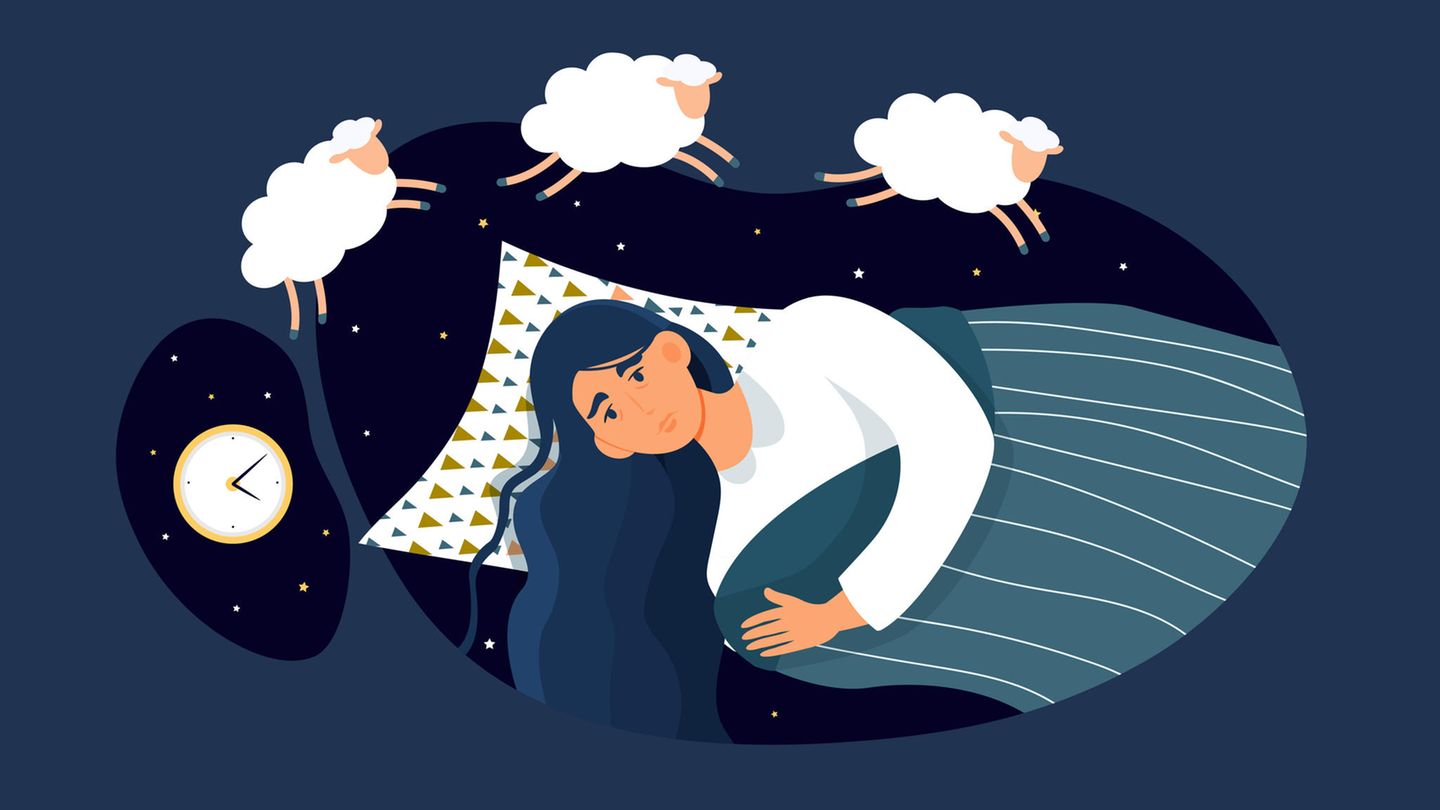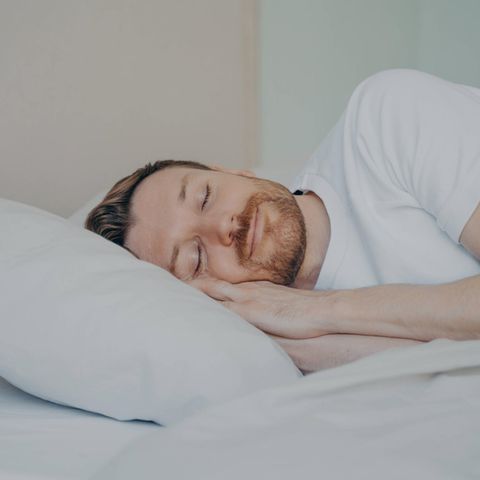Good to know
Why do we count shaft when it comes to falling asleep – does that really help?
Copy the current link
Add to the memorial list
Sleep problems? Count sheep! This should help to find it easier to sleep. But does that work too? And why do it have to be the banks of the couple?
Couldn’t you fall asleep again last night or have waking up in the middle of the night? They are not alone: 43 percent of Germans have suffered from sleep problems in the past 12 months, according to the result of a survey by Statista. A widespread advice: Those who suffer from sleep problems should count sheep to disappear into the land of dreams. But why?
Supposedly, shepherds who were traveling without human society for weeks should have counted their flocks in the evening – and they fell asleep. In any case, it is clear that the idea is not new: In the 17th century, the Sancho Panza Schildkappe recommends counting his knight Don Quijote to call a couple of pairs – here they are only goats instead of sheep.
Counting – does that work?
The idea behind the counting of sheep is to imagine how the white wool balls jump over a fence one after the other. The monotonous and rhythmic employment should defeat insomnia. However, it is more than questionable whether this works. “Something as banal as counting sheep usually doesn’t help,” says Allison Harvey, professor of psychology and head of the Golden Bear Sleep and Mood Research Clinic at the University of California. With her patient: Inside with sleep disorders, she always develops several options that can help you with sleep disorders. Because: Everyone is different and not every method helps in every situation.
Anyone looking for studies on sheep to go to sleep as a relief aid will quickly come across an investigation that Allison Harvey carried out more than 20 years ago. In the study, it was not about counting sheep, but about using images in combating insomnia, Harvey told “CNN”. In the study, 41 people were divided into three groups with sleep problems. A group received no requirements for falling asleep. The second group should distract itself in any way from worries and the subject: inside of group three, it was instructed to deal with an interesting image task. So imagine a waterfall or a beach.
The result: The picture group was able to fall asleep faster than the subject: inside without instructions and those who were allowed to choose their diversion method freely. “By chance, two of the study participants in the diversion group counted sheep to fall asleep,” Harvey describes to “CNN”. The expert says that even 20 years after the study, it is still a good sleeping agent to imagine pictures such as a meadow or a sunset.
Better (one) sleep
But there are other tips that help when sleep seems far away:
Prepare for the night during the day
If you plan your daily routine skillfully, you can sleep better: “I’m physically active during the day, eat a lot of daylight during the day, meet me with friends, help my inner clock to understand where we are.” Routines and structure are good for the internal clock as our clock, said sleep researcher Christian Benedict in an interview with the star. In addition, things should be quieter in the evening. So a tight workout better in the morning instead of in the late evening.
Book instead of cell phone
If you can’t fall asleep or sit in bed in the middle of the night, you should not reach for the smartphone or switch on the TV. News or light light should also be avoided better if you want to find your sleep again. If the thought carousel picks up speed, it can help to leave the bed briefly. Making a cup of tea, reading a book, listening to music or listening to a podcast – and if the fatigue comes back, it should go back to bed, it advised Christian Benedict in conversation with that star.
Establish habits
It is good for our internal clock if we always go to bed at the same time and get up at the same time. So the body knows exactly when it has to produce the sleep hormone melatonin – and we get tired in time.
You can find more tips here:
rha
Source: Stern
I’m Caroline, a journalist and author for 24 Hours Worlds. I specialize in health-related news and stories, bringing real-world impact to readers across the globe. With my experience in journalism and writing in both print and online formats, I strive to provide reliable information that resonates with audiences from all walks of life.





